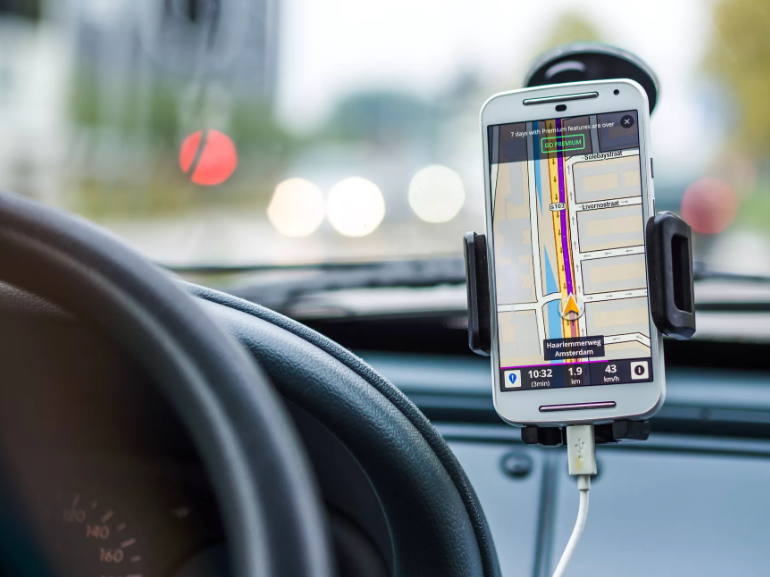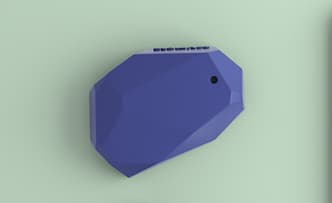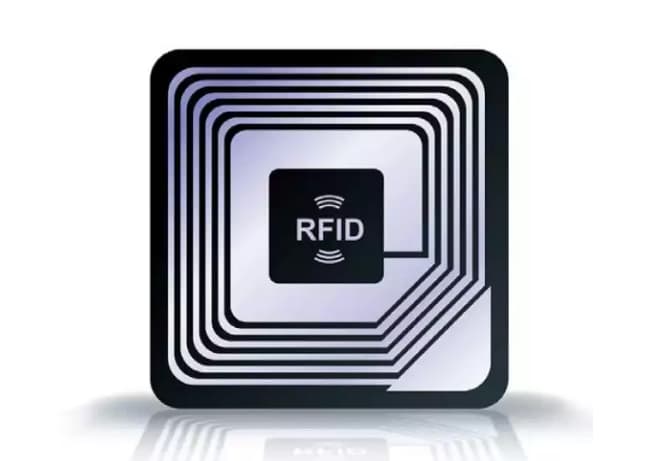Geofencing could be the next big thing for your push notifications. Read this to find out why.
What is Geofencing?
Have you ever been to a restaurant and then, shortly after leaving, you get a notification from Google asking if you would like to leave a review? Well, that’s Geofencing.
Geofencing is essentially digital advertising that uses your location to trigger notifications. It’s super targeted and can be really effective.
How does Geofencing work?
In order for advertisers to target specifically based on location, first of all, they have to determine exactly where the location is. To do this, geofencing creates a virtual fence around the radius of the target area. Then, when a person enters that area with their mobile, they will be targeted.
Geofencing uses either GPS, beacons or Bluetooth Radio Frequency Identification (RFID) to do this.
GPS

GPS (Global Positioning System) uses a network of satellites to triangulate locations down here on earth. At the minute, GPS technology is accurate to within 4 metres of the specified location. It couldn’t be used for heart surgery, but it’ll get you pretty close to the shop you need.
Beacons

Beacon technology was first introduced back in 2013, with Apple’s Bluetooth iBeacon and later in 2015 with Google’s Eddystone. It never really took off at the beginning, but with geofencing, it’s likely to make a resurgence.
Beacons are physical hardware which people can place around their shops. Google Eddystones look like little rocks and they emit a Bluetooth signal which connects to visitors smartphones. The signal is used to access applications and provide users with information.
Radio Frequency Identification (RFID)

Radio Frequency Identification uses radio waves which are emitted from Bluetooth chips. RFID components consist of two parts. The first is the microchip, which processes and stores information. The second is the antenna which transmits and receives signals.
As you can see, Geofencing uses technology most marketers probably wouldn’t consider, which might be why it’s been a bit slow to take off. However, it’s not that difficult to get started, and the accuracy of the targeting can help you to drive a lot more traffic.
Geofencing for Marketers
Geofencing has actually been around for quite a long time, but it’s only now starting to see marketers take an active interest, and it’s easy to see why.
Mobile users can use geofencing for many things, including running smart home systems, get suggestions about where to eat, or create interactive shopping lists. Now, marketers are realising that it could also be the perfect tool for push notifications.
Here are three of the biggest benefits of geofencing for marketers:
1. Accurately target locals
If you’ve got your own business in the real world and deal primarily with local customers, then geofencing can really put you on the map. Geofencing allows you to send updates, offers and other notifications to people who are within a set range. Doing this will ensure that people know who you are, where you are and what they can get by visiting you.
2. Customer Personalisation
One of the less well-known benefits, but definitely one of the best is that geofencing enables you to personalise offers for your customers. If you know your target area well and know what the people want, then you can drive traffic by supplying it. For example, if you own a shop near the beach, and summer’s coming, then you can start advertising buckets and spades to locals and tourists alike.
Geofencing is perfect for seasonal offers, and if you expect a spike in business during certain months, then you take full advantage of it by promoting things that visitors will be looking for.
3. Metrics
For local meatspace businesses, getting data on who comes into your shop, what they buy and how much time and money they spend can be really difficult to do. Geofencing makes it possible. When customers come into your shop via your promotions, you’ll be able to get additional data on their buying habits.
Geofencing is still a way off from becoming common marketing practice, but over the past few years more and more local businesses have decided to adopt it to target locally and the increased visibility it can give to visitors can provide a real boost.

